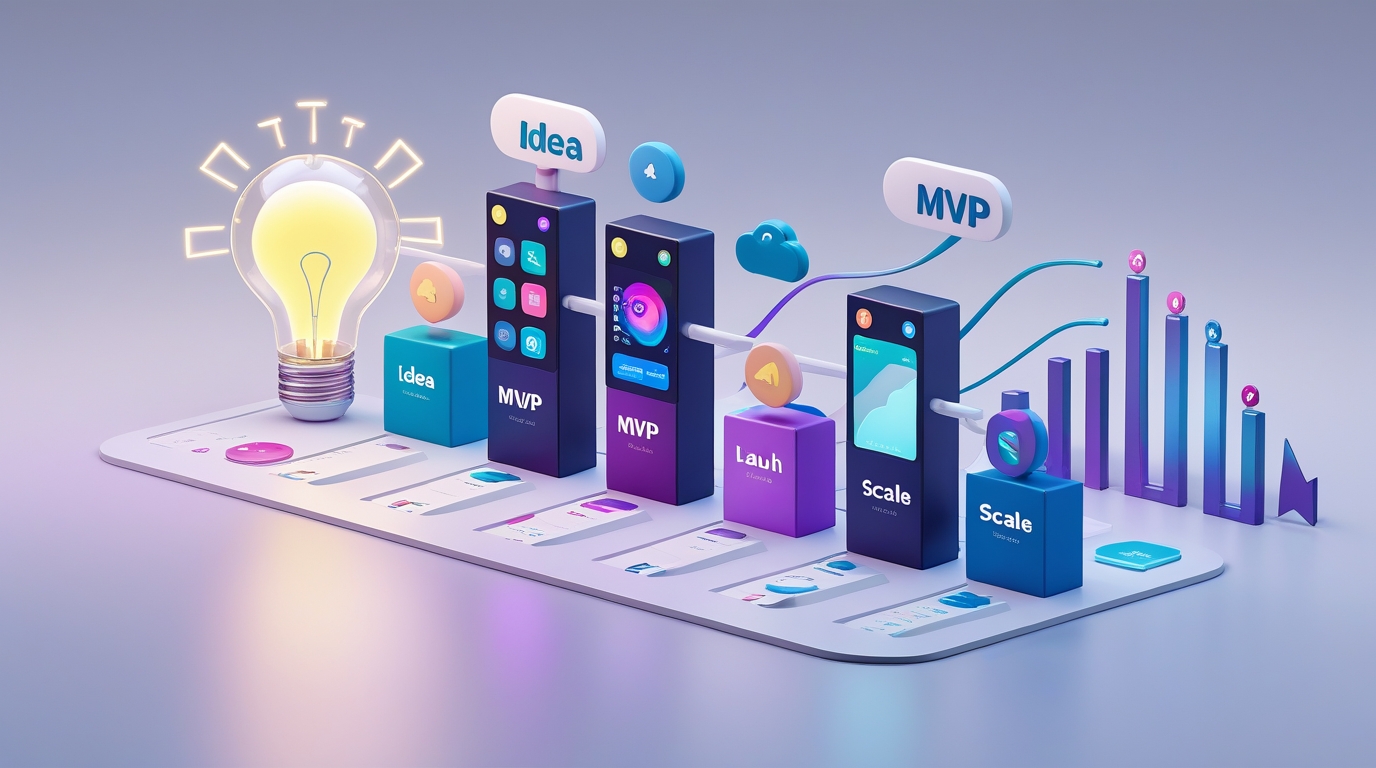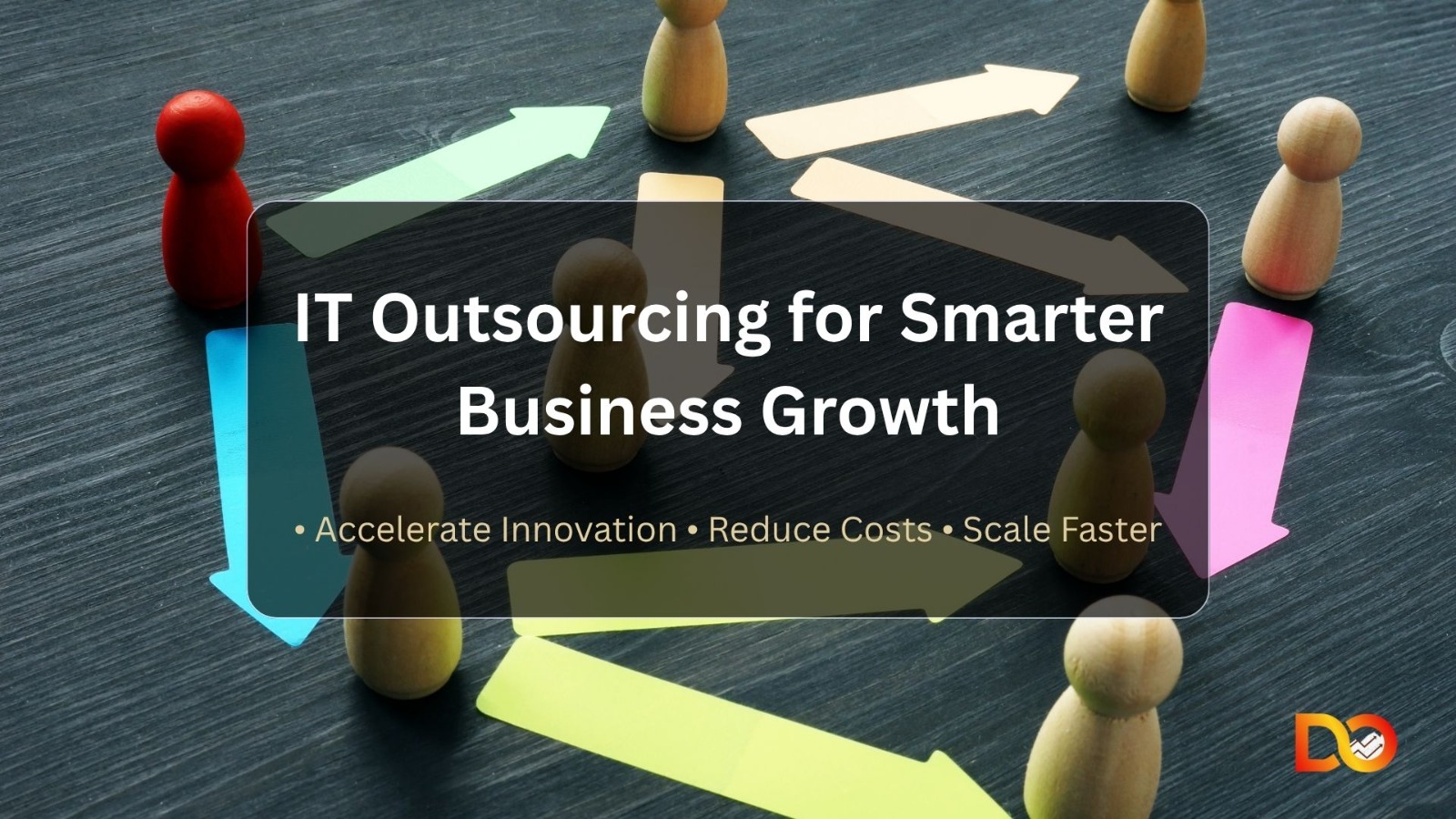Choosing between b2b and b2c portal development isn’t just about target audience—it’s about fundamentally different user behaviors, transaction complexities, and technical requirements. While both aim to create seamless digital experiences, the architecture, features, and strategies behind each couldn’t be more different.
Understanding these distinctions can save you from costly mistakes and ensure your portal actually serves its intended purpose. According to Gartner, 80% of all B2B sales will occur online by 2025, while B2C has already dominated digital commerce. But success in each requires distinctly different approaches.
The Fundamental Difference: Who’s Buying and Why
B2C portals connect businesses directly with individual consumers making personal purchases. Think Amazon, Netflix, or your favorite online retailer. Decisions are emotional, often impulse-driven, and made by one person in minutes or seconds.
B2B portals facilitate transactions between businesses. One company selling to another company, which might then serve end customers. Decisions are rational, involve multiple stakeholders, and can take weeks or months. B2B operations are more complex and lengthy compared to B2C due to longer decision-making and multiple stakeholders involved in the process.
This fundamental difference cascades into every aspect of b2b b2c portal development—from user interface design to backend architecture.
Key Feature Differences in B2B vs B2C Portals
Pricing and Payment Complexity
B2C portals display the same prices to everyone with straightforward payment options—credit cards, PayPal, maybe buy-now-pay-later services. Simple, transparent, instant.
B2B portals require sophisticated pricing engines. Different customers see different prices based on contracts, volume commitments, and negotiated terms. Payment options include net-30/60/90 terms, purchase orders, credit limits, and complex invoicing. You can’t just slap a “Buy Now” button on a B2B product.
User Experience and Decision-Making
B2C customers want engaging visuals, product recommendations, reviews, and easy browsing. B2C portals integrate engagement tools like live chat, chatbots, FAQs, and interactive user forums to maintain constant communication with customers.
B2B buyers need detailed specifications, bulk ordering capabilities, quick reorder functions, and approval workflows. They’re not browsing for fun—they’re completing job requirements efficiently. B2B buyers need to justify decisions to others, requiring comprehensive product data, comparison tools, and documentation.
Order Volume and Complexity
A B2C customer typically orders 1-5 items per transaction. Simple cart, quick checkout, done.
B2B orders often involve hundreds or thousands of items, require inventory checks across multiple warehouses, involve complex shipping logistics, and trigger multi-level approval processes before purchase authorization.
Technical Architecture: What Works for B2B vs B2C
Integration Requirements
B2C portals primarily need payment gateway integration, basic CRM for marketing automation, and shipping carrier APIs. Relatively straightforward.
B2B portals demand extensive enterprise system integration—ERP systems for inventory and pricing, CRM platforms for account management, accounting software for invoicing and payments, procurement systems for approval workflows, and supplier management systems if you’re running a marketplace.
These integrations aren’t optional nice-to-haves. They’re fundamental to B2B operations.
Scalability Considerations
B2C portals need to handle thousands of concurrent visitors, especially during sales events or viral moments. Peak traffic management is critical.
B2B portals typically serve fewer concurrent users but process much larger data volumes per transaction. A single B2B order might include 500 line items with complex pricing calculations, whereas 500 B2C orders might only average 2 items each.
When You Need Both: Hybrid Portal Development
Some businesses serve both markets—selling wholesale to businesses while also offering direct-to-consumer options. B2B is ideal for agencies working with a network of partners and agents, while B2C suits businesses looking to build a strong online brand and serve end customers directly.
Hybrid portal strategies include:
- Separate portals with shared backend systems
- Single portal with role-based experiences (logged-in business buyers see different features)
- Distinct domains but integrated data architecture
Each approach has trade-offs in complexity, cost, and user experience.
DevOptiv’s Approach to B2B and B2C Portal Development
We’ve built portals for both business models across manufacturing, retail, healthcare, and professional services. Our approach starts with understanding your actual business model, not forcing you into templated solutions.
For B2B portals, we prioritize:
- Complex pricing engines and contract management
- Approval workflows and multi-user account structures
- Deep ERP and CRM integrations
- Bulk ordering and quick reorder capabilities
- Detailed analytics and reporting for account managers
For B2C portals, we focus on:
- Fast, engaging user experiences optimized for conversion
- Personalization and recommendation engines
- Mobile-first responsive design
- Social media integration and viral sharing features
- Marketing automation and customer retention tools
Want to see our methodology? Explore our web portal development services for detailed information.
Frequently Asked Questions
Should I build separate B2B and B2C portals?
If you serve both markets significantly, separate portals often provide better experiences. B2B buyers don’t want consumer-focused marketing, and B2C customers don’t need bulk ordering features. However, shared backend systems can reduce maintenance complexity and costs. The decision depends on your transaction volumes, customer overlap, and technical resources.
How much does B2B vs B2C portal development cost?
B2C portals typically range from $30,000-$150,000 depending on features and scale. B2B portals usually cost more—$75,000-$400,000+—due to complex integrations, custom pricing logic, and approval workflows. B2B complexity stems from longer sales cycles, multiple stakeholders, and sophisticated business rules requiring more development time.
Can I start with one and add the other later?
Yes, but plan architecture accordingly from the start. Building a B2C portal and later adding B2B features is easier than the reverse. Ensure your initial architecture supports multiple pricing models, complex user roles, and enterprise system integration even if you’re not implementing those features immediately.
Ready to Build Your Portal?
Whether you need b2b and b2c portal development or a solution tailored to one business model, DevOptiv brings the expertise to deliver exceptional results.
Contact us today: 📧 Email: contact@devoptiv.com
📞 Phone: +1 (514) 570-9835
🌐 Website: devoptiv.com
Request a free consultation to discuss your specific requirements and get a detailed development roadmap.







